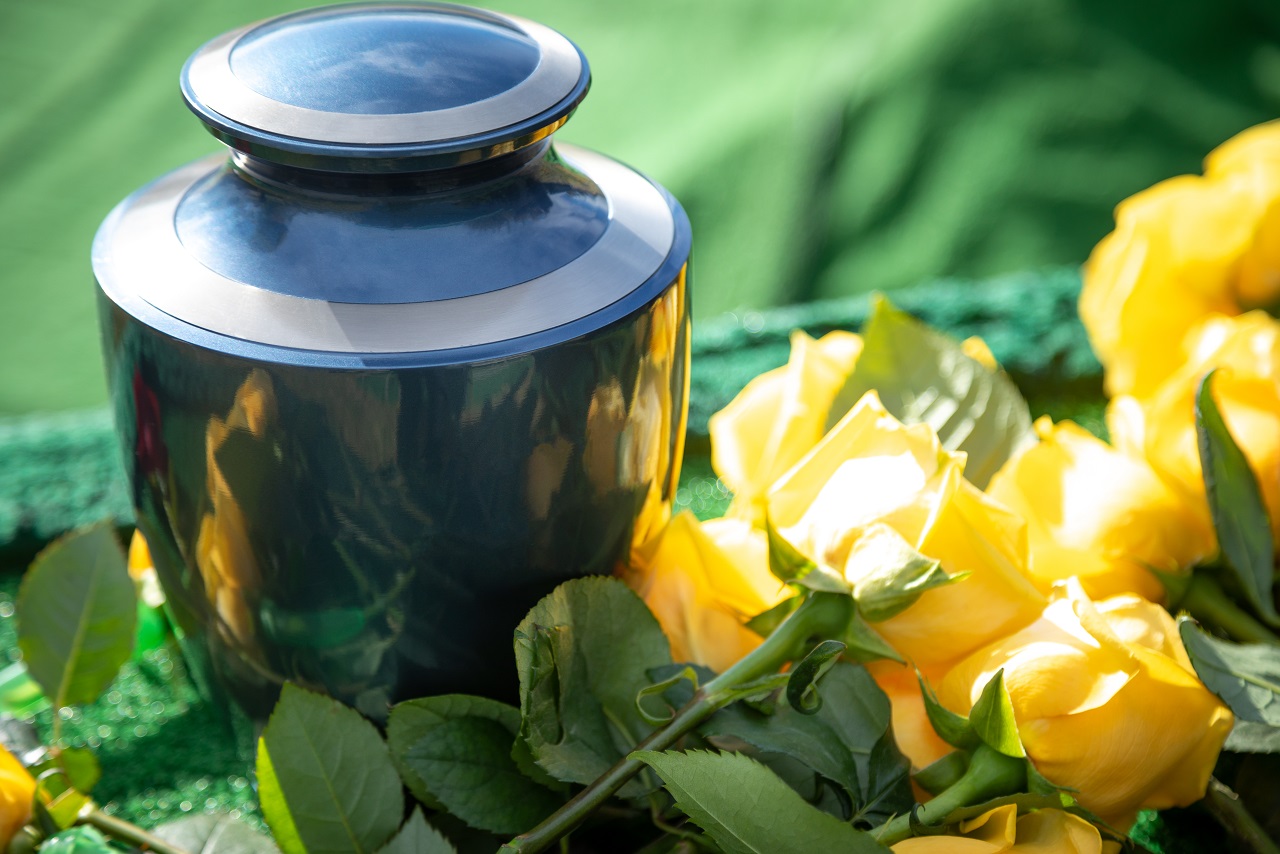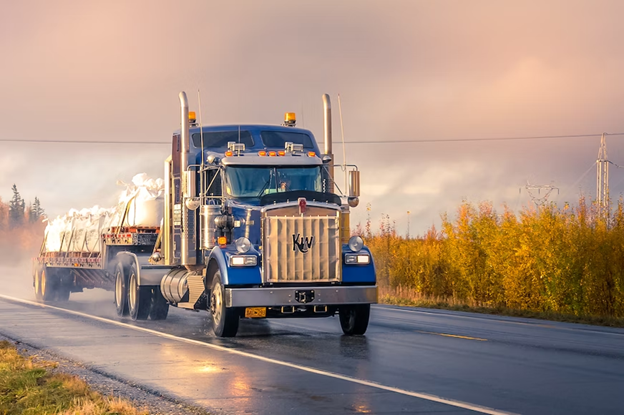Going Green: Direct Cremation vs Non-Eco Alternatives
In a world increasingly aware of the environmental impact of our choices, it comes as no surprise that even in the solemn realm of funerals, the call for eco-friendly alternatives has been heeded. As the urgency to adopt sustainable practices grows, people are looking for ways to honour their departed loved ones while treading lightly on the planet.
In this regard, the debate between direct cremation and non-eco alternatives takes centre stage. So, if you’ve ever wondered how to go green in the final farewell, join us as we explore the merits of direct cremation and its stark contrast with non-eco alternatives. Together, let’s embark on a journey where eco-consciousness meets commemoration as we seek greener pastures for our dearly departed.

Non-Eco Alternatives
Traditional burial practices have long been the norm when it comes to laying our loved ones to rest. However, many may not realize the considerable environmental impact of these conventional methods. From the moment of death to the final resting place, each step in the process can leave a lasting ecological footprint.
One of the primary concerns with traditional burials lies in using embalming fluids. These chemicals, designed to preserve the body, often contain harmful substances such as formaldehyde, which can seep into the surrounding soil and groundwater, threatening local ecosystems. Furthermore, the materials used for caskets, such as hardwood or metal, are typically non-biodegradable, leading to long-term environmental degradation.
Another aspect to consider is the carbon footprint generated by funeral processions and the maintenance of burial grounds. Funeral processions often involve multiple vehicles, contributing to air pollution and greenhouse gas emissions. Additionally, the upkeep of burial grounds requires regular maintenance, including mowing, landscaping, and irrigation, all-consuming energy and resources.
The cumulative impact of these non-eco alternatives becomes apparent when we consider the vast number of funerals conducted each year. It becomes evident that alternative methods must be explored to reduce the strain on the environment and seek more sustainable options. This is where direct cremation emerges as a potential solution, offering a greener approach to honouring the departed.
The Rise of Direct Cremation
In recent years, many individuals have turned to direct cremation as a simple, cost-effective, and environmentally friendly alternative to traditional burial practices. Direct cremation offers a departure from elaborate funeral ceremonies and focuses on a more streamlined approach to commemorating loved ones. By eliminating many of the elements associated with traditional burials, direct cremation presents a compelling solution for those seeking a greener final farewell.
As the demand for eco-friendly funeral options continues to rise, direct cremation is a viable choice that aligns with environmental consciousness. With its simplicity, reduced land usage, energy efficiency, and lower carbon emissions, direct cremation offers a compassionate and sustainable way to honour and remember loved ones while embracing a greener future.
Environmental Benefits of Direct Cremation
Reduced Land Usage
Traditional burial practices require dedicated plots, leading to the depletion of valuable land resources. In contrast, direct cremation minimizes the space required for final resting places. Compact and eco-friendly urns can store the cremated remains, allowing for flexibility in memorialization options and reducing the strain on land availability. By embracing direct cremation, we can contribute to conserving natural habitats and preserving green spaces for future generations.
Absence of Harmful Chemicals
Traditional burial practices often involve the use of embalming chemicals, such as formaldehyde, which can have detrimental effects on the environment. These chemicals can seep into the soil and groundwater, posing a risk to local ecosystems and wildlife. Direct cremation eliminates the need for embalming, ensuring that harmful substances do not contaminate the natural environment. By opting for direct cremation, we can protect our soil, water sources, and the delicate balance of surrounding ecosystems.
Eco-Friendly Memorial Options
Cremation ashes, also known as cremains, can be utilized in various ways that contribute to the environment. For example, ashes can be used in tree plantings to memorialise loved ones and foster the growth of new life. By transforming cremains into living trees, we actively participate in reforestation efforts and contribute to restoring natural habitats.
Incorporated Into Eco-Friendly Practices
Moreover, cremation ashes can be incorporated into eco-friendly practices such as coral reef restoration. Coral reefs, vital ecosystems teeming with marine life, are threatened by human activities and climate change. By mixing cremation ashes with environmentally safe materials, artificial reefs can be created to provide a habitat for marine organisms. This innovative approach combines memorialization with conservation, enabling us to impact the restoration of our oceans positively.
In choosing direct cremation, we not only embrace a more sustainable approach to honouring our loved ones but also actively contribute to preserving natural resources, protecting the environment from harmful chemicals, and exploring creative ways to support ecological restoration. By opting for this eco-friendly alternative, we can leave a positive legacy for future generations and demonstrate our commitment to a greener and more compassionate world.
Addressing Concerns and Misconceptions
While direct cremation offers numerous environmental benefits, it is important to address some common concerns that may arise. One of the primary concerns relates to emissions generated during the cremation process. Cremation releases carbon dioxide and trace amounts of other emissions into the atmosphere. However, it is essential to consider the larger picture and compare these emissions to those associated with traditional burial practices.
When comparing cremation to traditional burial, it is crucial to understand the environmental impact comprehensively. While cremation does produce emissions, it typically results in significantly lower carbon emissions compared to the decomposition of embalmed bodies over time. Additionally, cremation facilities are becoming increasingly energy-efficient, employing advanced technologies to minimize energy consumption and emissions. By choosing a reputable and environmentally conscious crematorium, you can ensure that emissions are mitigated to the greatest extent possible.
Notably, emissions from cremation can be offset through various means, such as supporting renewable energy projects or participating in carbon offset programs. These initiatives help to counterbalance the environmental impact and promote sustainability.
Selecting a reputable and environmentally conscious crematorium is of paramount importance. When considering direct cremation, it is essential to research and chooses a facility that adheres to eco-friendly practices. Look for crematoriums that invest in energy-efficient technologies, engage in responsible waste management, and prioritize sustainable operations. Reputable crematoriums often take steps to minimize emissions, such as filtering systems and monitoring procedures, to ensure that environmental standards are met.
By choosing an environmentally conscious funeral company, you can have peace of mind knowing that the cremation process is conducted with a commitment to reducing environmental impact. Additionally, these establishments often offer eco-friendly urns, biodegradable containers, and alternative memorial options that align with sustainable practices.
Addressing concerns and debunking misconceptions allows individuals to make informed decisions about direct cremation. By understanding the overall environmental impact, considering emission offsets, and selecting reputable crematoriums, we can ensure that our choices contribute to a greener future. When carried out responsibly, direct cremation presents an eco-friendly alternative that aligns with our environmental values and enables us to commemorate our loved ones with minimal impact on the planet.


















